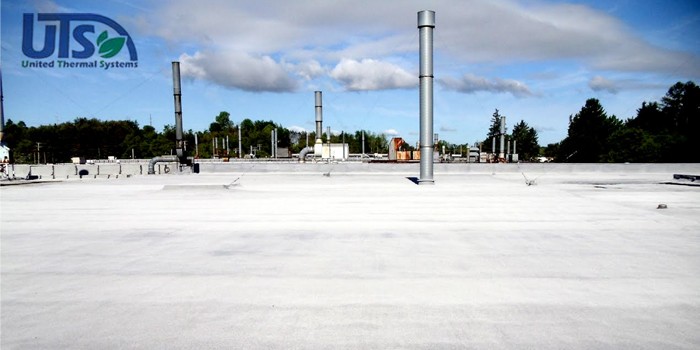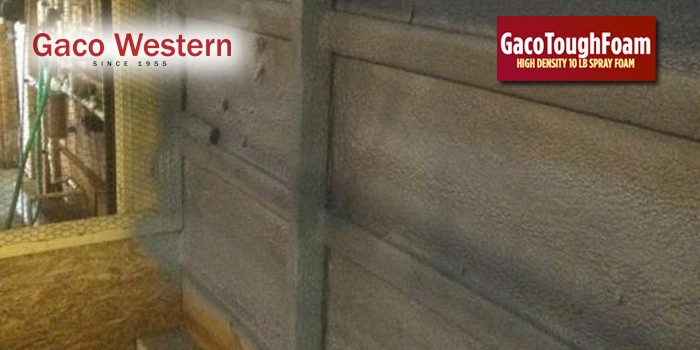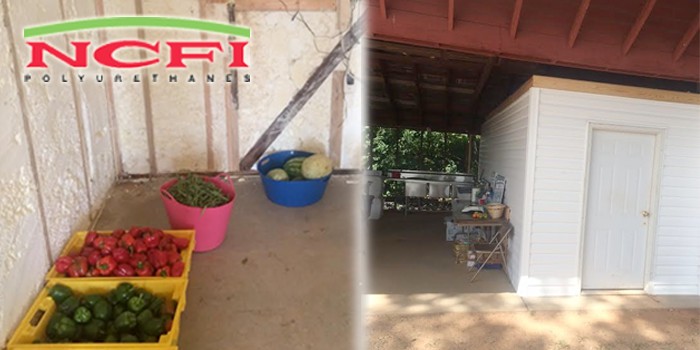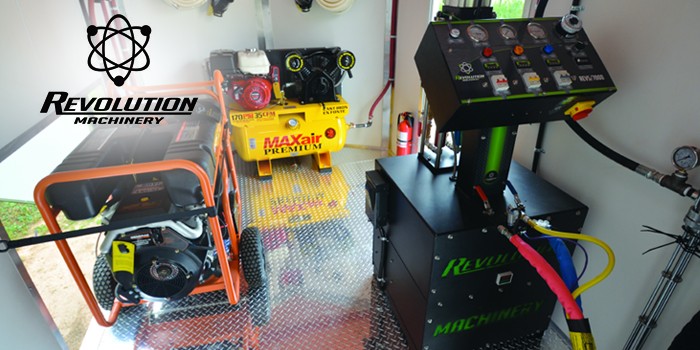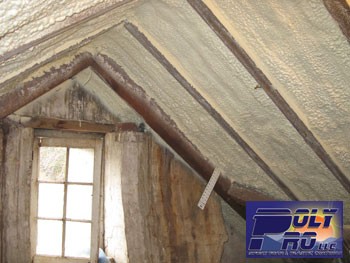
PolyPro, LLC Applies Spray Foam Insulation to Historical Home in Virginia
When the owners of an historical home in Broadway, Virginia decided to renovate their attic to make it a livable space, they had many options to consider when it came to insulation. For aesthetic purposes, they wanted to keep as much of the original beams exposed as possible, so they needed maximum R- value in a small amount of space. The contractor hired to do the remodeling suggested spray foam as the perfect solution.
The contractor referred the owners of the home to PolyPro LLC, a locally owned and operated family spray foam business. The company’s website states, “Our many years of industry experience ensure that we provide valuable insight and offer solutions that keep projects on track and within budget. Customer satisfaction is our priority and we take pride in our commitment to quality and service. Our sales and operations staff are spray foam experts that have been properly educated in the building science concepts, with over 80 years combined industry experience. PolyPro applicators are thoroughly trained professionals that specialize in installing SPF correctly and rapidly and have the benefit of using the newest and most up to date equipment.”
Their years of experience and high standard of work made PolyPro the perfect fit for a job like this. Ken Wells of PolyPro describes the home, “Parts of the building date back to the 1790’s and it includes some very unique features. There is a groundwater spring just off the back porch that supplies water at a constant 55 degrees Fahrenheit and acts as the source for the house’s geothermal heating system.”
Wells explains the insulation process, “Since the home has such historical value, the owners wanted to preserve the original beams in the attic. Because of this, we had to do quite a bit of covering before we could begin in order to ensure there was no overspray. We applied 3 inches of Lapolla SL 2000 closed cell spray foam, allowing drywall to be installed over top while still maintaining the aesthetic appeal of the beams.”
The owners of the home are now considering using spray foam to insulate the basement ceiling as well. Due to the moisture from the spring underneath the house, they had never been able to insulate the basement with traditional insulation materials. Now that they are aware of spray foam, they will be able to increase the home’s energy efficiency and take advantage of spray foam’s other benefits by insulating this area of the house.
For more information about PolyPro, visit www.polypropllc.net.



